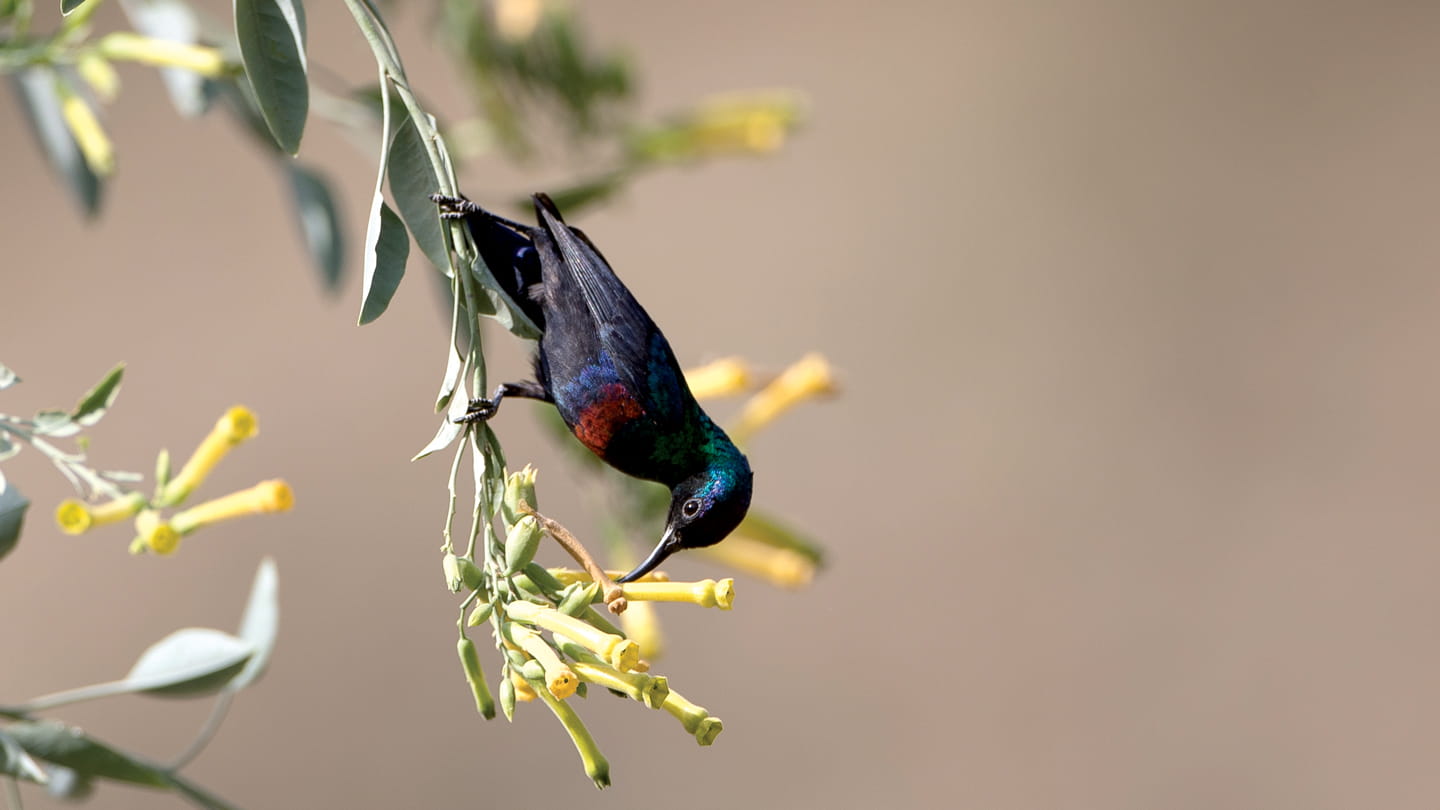
Aramco sustainability report 2023
Minimizing environmental impact
From groundwater to waste management, our approach is focused on minimizing the environmental impact of our operations, and preserving ecological biodiversity.
We strive to conserve natural resources, apply circular models across our value chain, and build a legacy of projects that improve both natural habitats and shared resources.
2023 performance
- Achieved 100%** ISO 14001 certification at 52 upstream and downstream asset-based organizations enrolled in Aramco’s Environmental Management System
- Continued upgrading Sulfur Recovery Units with tail gas treatment units
- Designated additional Biodiversity Protection Areas (BPAs) bringing the total number of BPAs to 14 covering over 1,700 km2
- Continued pursuing a water neutrality aspiration through water management initiatives
- Planted approximately 6.5 million mangroves and an additional 1.1 million native trees in the Kingdom during the year
Freshwater consumption (million m3)
(2022: 93.6**
89.9**
Hydrocarbon spills (number)
(2022: 15)
12
Net positive impact on biodiversity (%)
(2022: 53.0**)
85.6**
Hydrocarbon discharge to water (barrels)
(2022: 16.4**)
14.3**
Industrial waste disposed (metric tons)
(2022: 318,656)
481,561
Industrial waste recycled (%)
(2022: 39.9**)
35.7**
Delivering net positive impact
At Aramco, we aim to achieve a net positive impact on biodiversity by 2030. In 2023, we achieved a 85.6%** NPI, which is a 62% increase compared to the prior year, and exceeded, two years in advance, our 2025 NPI target.
Central to achieving NPI is the Biodiversity Protection Area program. In 2023, we designated new terrestrial areas in Riyadh and Qassim, and Harqus Island in the Arabian Gulf as BPAs, bringing the total number of BPAs to 14 covering over 1,700 km2. These new sites were assessed based on the International Union for Conservation of Nature (IUCN) criteria. Additionally, the Shaybah Wildlife Sanctuary was expanded in 2023.
Our BPA network is supported by assessment of the contribution to conservation objectives and delivery of the Company’s biodiversity aims to achieve NPI on biodiversity and ecosystem services.
As new sites are added, new species are being recorded. Aramco’s BPAs provide a secure habitat for around 40% of all bird species in the Kingdom, including numerous migratory ones. Overall, our BPAs have recorded over 730 plant and animal species, including several globally Threatened and Near Threatened species under the IUCN Red List.
List of BPAs:
- Shaybah Wildlife Sanctuary
- Rahimah Bay Mangrove Eco-Park
- Abu Ali Island
- Tanajib Biodiversity Protection Area
- Abqaiq Wetlands
- Udhailiyah Biodiversity Protection Area
- Abha Biodiversity Protection Area
- Bahra Biodiversity Protection Area
- Madina Biodiversity Protection Area
- Khurais Biodiversity Protection Area
- Baga Bird Oasis
- Riyadh Biodiversity Protection Area
- Qassim Biodiversity Protection Area
- Harqus Island




